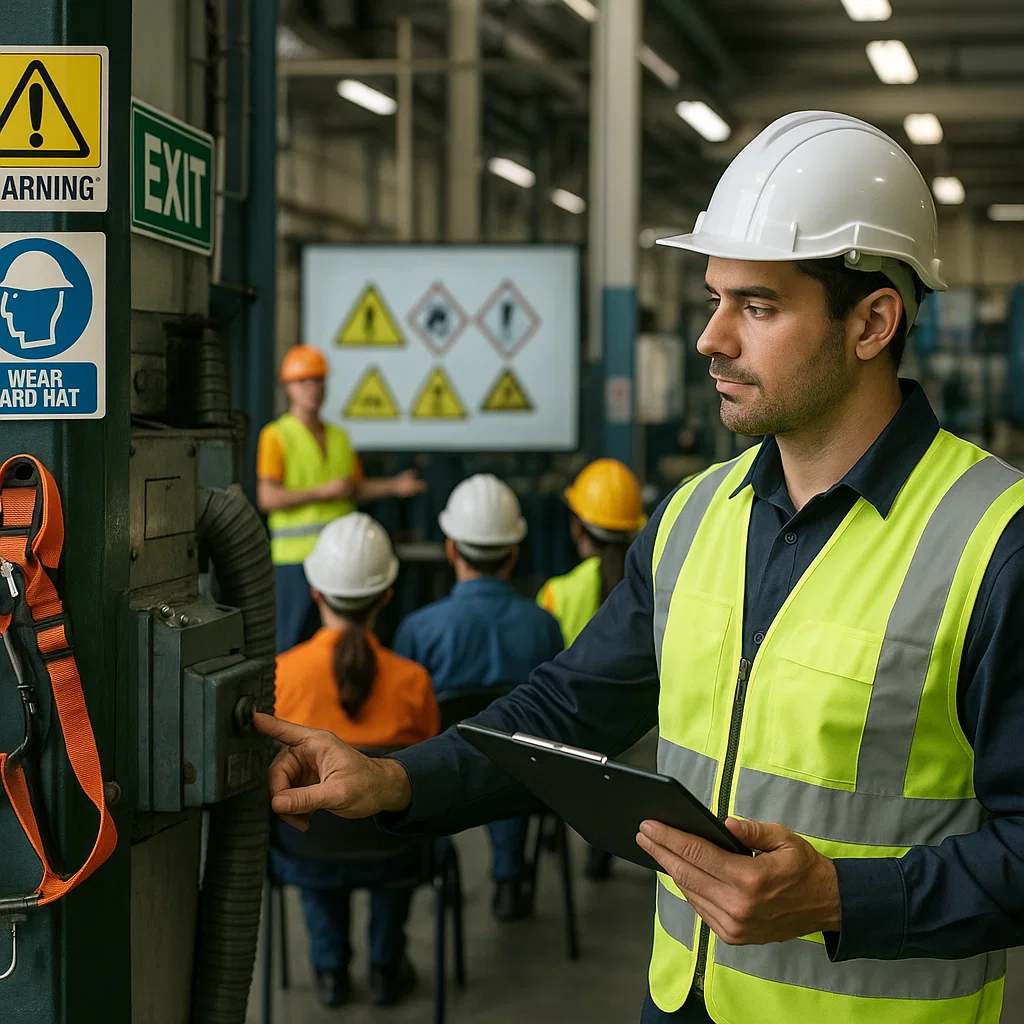An awning installation involves multiple safety considerations, from proper ladder usage to secure mounting techniques and weather-resistant materials. Professional awning contractors understand that safety protocols protect both workers and property during installation processes. These safety measures require oversight, documentation, and consistent enforcement to prevent accidents and ensure compliance with industry standards. Awning projects demonstrate how specialized safety knowledge prevents costly mistakes and dangerous situations.
Ensuring Safety in Awning Installation
The systematic approach to awning safety mirrors the comprehensive safety management needed in larger workplace environments. Installation teams use specialized equipment, follow manufacturer guidelines, and coordinate with building management to ensure proper structural support. Weather conditions, electrical hazards, and fall protection requirements demand careful planning and continuous monitoring throughout the installation process to maintain worker safety and project quality.
Risk Assessment and Prevention Strategies

Safety control officers conduct thorough workplace assessments to identify potential hazards before accidents occur. These professionals analyze equipment conditions, environmental factors, and employee behavior patterns to develop comprehensive prevention strategies. Regular safety audits reveal emerging risks and ensure existing safety measures remain effective against evolving workplace challenges. Proactive risk management saves companies significant costs associated with workplace injuries, equipment damage, and regulatory violations.
Safety officers maintain detailed documentation of hazard assessments and corrective actions taken to address identified risks. Training programs educate employees about specific workplace hazards and proper safety procedures for their job functions. Continuous improvement processes incorporate lessons learned from incidents and near-misses to strengthen overall safety performance.
Emergency Response and Crisis Management
Workplace emergencies require immediate, coordinated responses that minimize injury and property damage. Safety control officers develop emergency procedures, conduct evacuation drills, and train employees in crisis response protocols. These professionals maintain communication systems, coordinate with emergency services, and ensure proper documentation of incidents.
Regulatory Compliance and Legal Protection
Safety control officers ensure workplace operations comply with federal, state, and local safety regulations. These professionals stay current with changing legislation, update company policies accordingly, and maintain required documentation for regulatory inspections.
Proper compliance protects companies from legal liability, reduces insurance costs, and demonstrates commitment to employee welfare. Regular training programs keep employees informed about safety requirements and their personal responsibilities in maintaining safe working conditions. Documentation systems track safety performance metrics and demonstrate organizational commitment to workplace safety excellence.